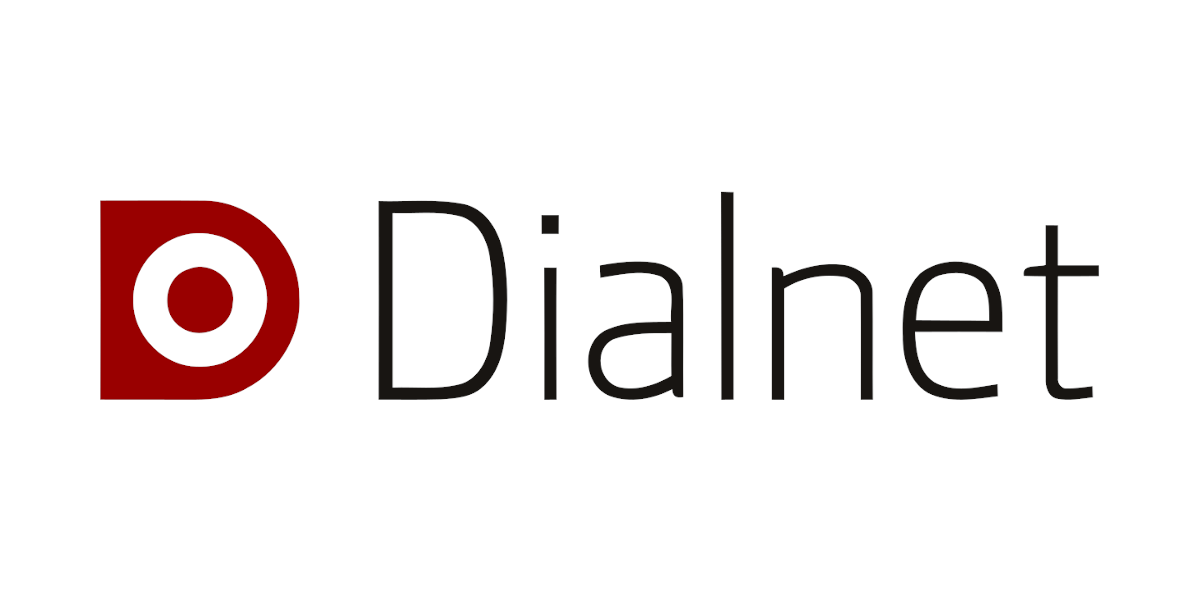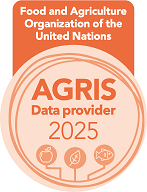Reproductive, health and management characteristics in dairy herds in Uruguay
Keywords:
Survey, Dairy, Cattle, Reproductive indicatorsAbstract
Ones of the most important limitations on dairy herd of Uruguay are the reproductive and sanitary problems. Alterations on reproductive rates may be due to a wide variety of causes, which require a correct diagnosis. Currently in Uruguay, histories of surveys in dairy sector were provided by the “Oficina de Estadísticas Agropecuarias” and the “Instituto Nacional de Leche”. The aim of this study was to characterize the management, reproductive and sanitary practices in dairy farms in Uruguay. A cross-sectional study was carried out in 2015. Dairy herds were stratified by size and 107 herds were randomly selected throughout all the Uruguayan territory. A survey was made on these herds; the questions were focused on general characteristics of the farms, strategies and sanitary characteristics, and strategies and reproductive characteristics. The response rate of the survey was 95.3%. Of the surveyed farms, 95.6 ± 1.8% had veterinary service. The artificial insemination technique was used in 83.8 ± 5.2%. Fifty-nine percent of the farms made a pregnancy diagnosis. The estimated pregnancy rate was 79.5 ± 1.5%. The pre-service evaluation of the bulls was carried out in 49.0 ± 7.6% of the dairy farms. The main cause of culling was due to teething. Use of vaccines as a preventive measure for reproductive diseases was 56.6 ± 5.4% of the dairy farms. Fifty-eight percent of those surveyed had no history of reproductive diseases. The mean of abortions seen annually was 4.4 ± 0.6. Pregnancy rates could not be associated with reproductive and/or health aspects. It was possible to determine that the demographic aspect is a key role in the choice of reproductive and management aspects in dairy farms in Uruguay.











